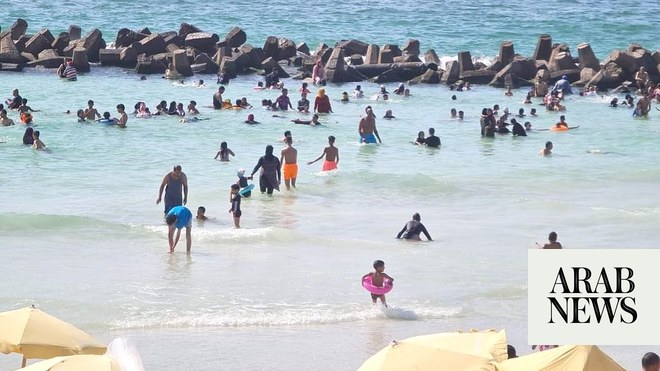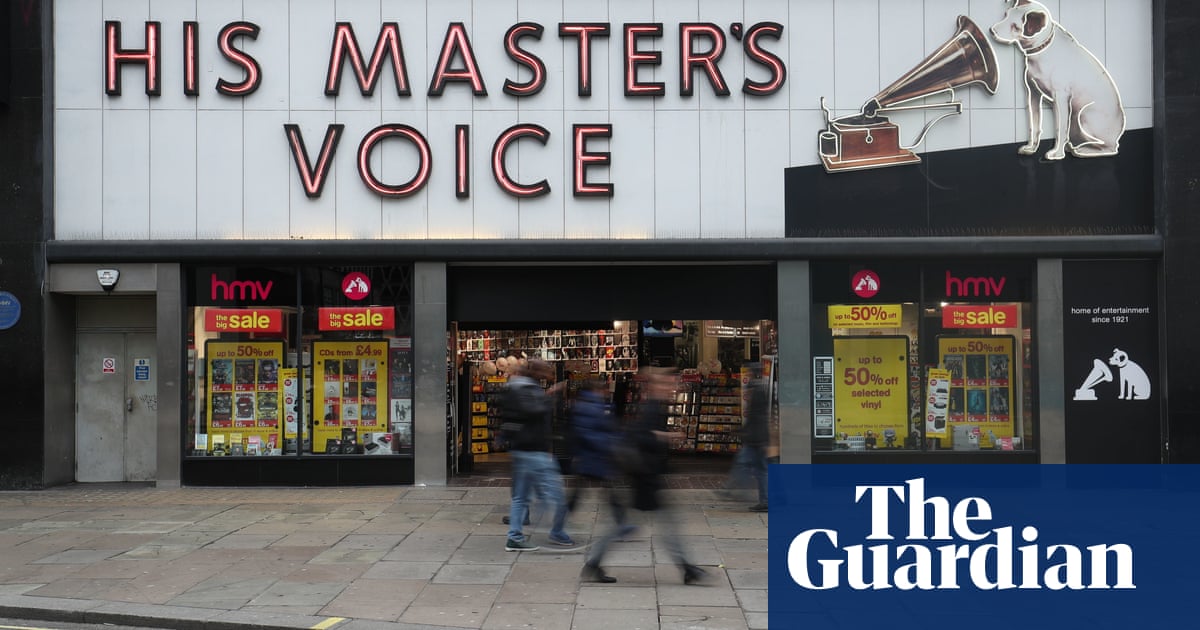
“I just feel like everyone tries to do something different but you all wind up doing the same damn thing.” When these words were uttered by Richard in Alex Garland’s novel The Beach – and in the film adaptation by a young Leonardo DiCaprio 22 years ago – no one realised just how prophetic they were.
The novel’s protagonist was talking about the trap backpackers like him fall into when travelling around Thailand: all visiting the same sites, from Bangkok’s Khao San Road and the 46-metre reclining gold buddha at Wat Pho temple to full-moon parties on Ko Samui. He decides to do “something different”, and so begins a journey to find a secret island idyll. Little did the filmmakers realise they were about to add that location to the tourist bucket list and see its popularity explode.
The film location for the fictional limestone-fringed paradise Richard discovers was an island called Phi Phi Leh. Until Hollywood came, few people knew about it, and even fewer visited. But after the film’s success, it became the island every daytripper wanted to visit, and they flocked in their millions – up to 6,000 tourists a day – from resorts such as Phuket, Krabi and Ko Phi Phi.
“We just weren’t prepared for that many tourists,” said my guide Suree Pongnopparat Ka as we made our way by longtail boat towards the island from the Zeavola Resort, seven miles to the north on Ko Phi Phi. “The whole bay was consistently packed with speedboats, and you couldn’t even see the sand on the beach there were so many people.”
In 2018, faced with mounting piles of rubbish, disappearing wildlife (on land and in the water) and dead coral (about 90% was estimated to be have been destroyed through misplaced boat anchors, unwitting swimmers and chemicals in their sunscreen), the Thai authorities decided to act.
Despite opposition from local tour operators, (in 2018 the location was estimated to generate about 400 million baht – £9.5m – in revenue a year), the authorities closed the beach, initially for a period of four months. Working with conservationists and environmentalists, they extended this for a further year. And just when it was rumoured the bay would finally reopen, Covid hit, meaning it was closed to tourists for nearly four years in total.
“The pandemic restrictions actually came at a good time for the bay,” said Siriwat Suebsai, a forestry technical officer who is overseeing the reopening of the beach. We met on the island’s new floating dock on Loh Sama Bay – on the opposite side of the island to the famous Maya Bay beach. “It allowed time for further recovery: having no one here made a big difference.”
Less than six months after the beach closed, black-tipped reef sharks, which had formerly used the sheltered cove as a nursery ground, began to return in modest numbers; now, after several years of no disturbance, they are back in their hundreds. Conservationists had time and space to repair and plant nearly 30,000 fragments of coral, which has already bloomed and is attracting a myriad reef of fish; and a rare Puu Kai crab (not spotted for more than 10 years) has even paid the bay a visit.
Human visitors, however, don’t have quite the same freedom of movement as before. The first change is the pier – not only is it well away from Maya Bay, but only eight boats at a time can dock, and they can stay no more than an hour. Booking a one-hour time slot on an app or via a tour operator (it’s open 10am-4pm) is also now essential. No more than 375 people can visit at one time, which is still a lot, but the authorities say it is sustainable.
Leaving the boat, we walked on newly constructed boardwalks between two towering rocks, past a visitor information booth and into thick jungle.
“We built the boardwalk to keep people off the vegetation, which had been badly destroyed,” said Siriwat.
Before, there would have been no buildup to spying the mythical sands of Maya Bay, just an ungracious rev up to the sand in a speedboat. Thanks to this new pathway, I felt as if I’d walked into the pages of the book, following in Richard’s footsteps. The anticipation was palpable, and though other people were walking there too, it wasn’t the throngs I’d seen in pre-2018 photographs.
Eventually I emerged through fringing palm trees into a clearing and … a huge sign with a list of rules to follow: no littering, no drones, no boats and – crucially – no swimming.
One woman, though, was desperate to post a photo of herself in the water on social media. But with a shrill whistle Siriwat’s team leapt into action and, shamefaced, the woman left the water and sulked back to the sand. I asked Siriwat how tourists had taken to the new rules.
“In the old days we focused on increasing tourism so much that we forgot what was important,” he said. “We have to protect these areas. Now that we’ve learned that lesson and made changes, it’s important we keep going on the same track no matter what. We’ve gone back to basics and put nature first. And if nature is good, the tourists will come anyway.”
I looked out to the beach – at its sand as soft and white as flour, its fortress of limestone towers covered with vegetation so green it looked like it had already been put through an Instagram filter – and couldn’t help but agree.
I walked further, leaving my guides behind – and within five minutes had left all the other tourists, too. Even on this the most-visited beach in Thailand, it seemed I could, for about 40 minutes at least, enjoy my own little slice of paradise.
At the end of the film, Richard reflects: “Of course, you can never forget what you’ve done. But we adapt. We carry on.” Let’s hope that here in Maya Bay, with these lessons learned and new initiatives in place, his words once again prove prescient.












